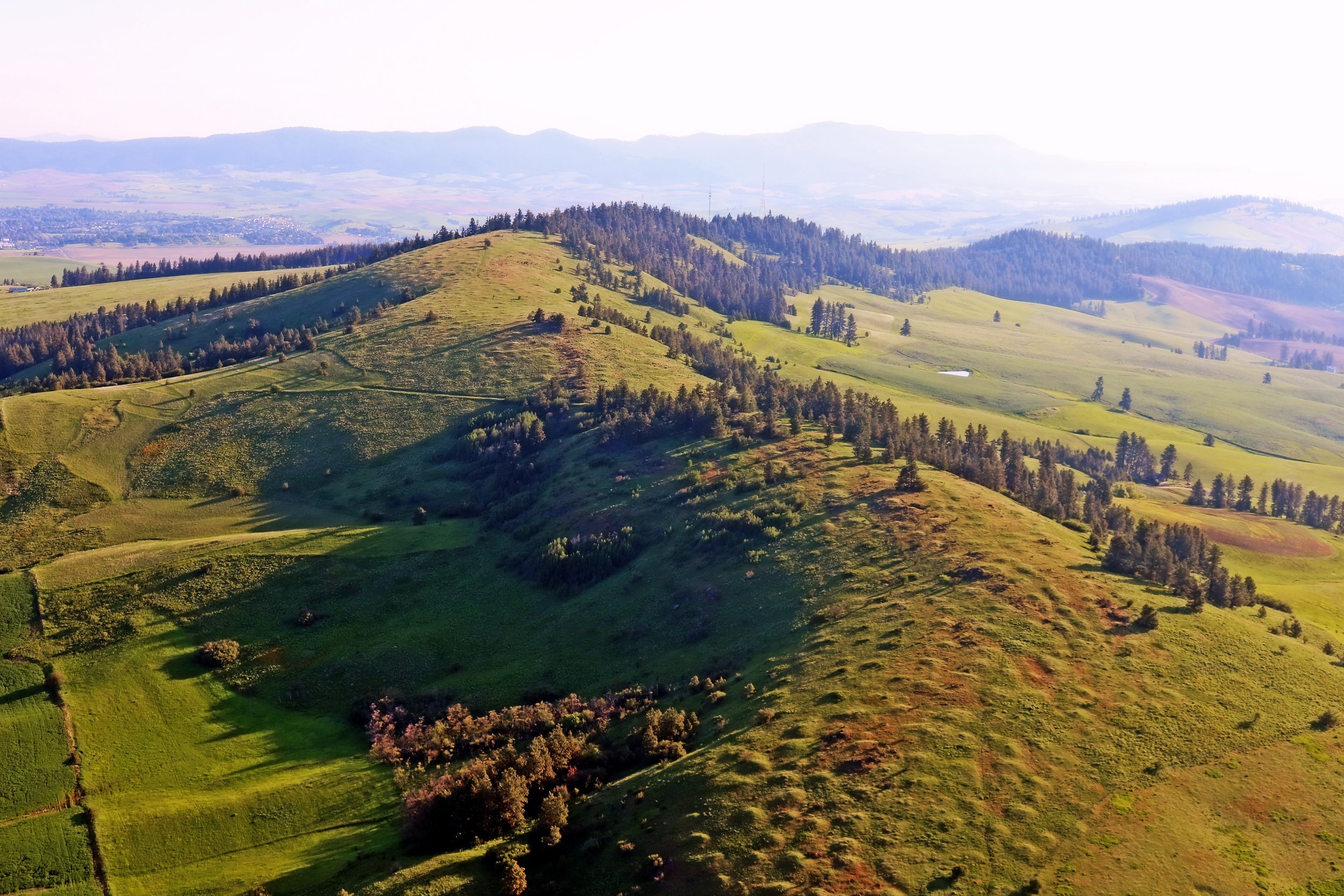By Dr Liz Martin, Associate Professor of Biology, Lewis-Clark State College
Wes Bascom, a fourth-grade teacher at Moscow, and Liz Martin, a botanist at Lewis-Clark State College, sample native plants during a ‘Botany Blast’ at Steptoe Butte north of Colfax last month. (Eric Barker / Lewiston Tribune)
I first experienced the awe-inspiring landscape of the Dave Skinner Ecological Preserve this spring while on a special tour with Jacie Jensen of Thorn Creek Native Seed Farm. The Skinner Preserve is home to one of the highest quality Native Palouse Prairie remnants in existence, and is an ideal site for a soil biologist such as myself.
My particular area of interest lies in what are known as biological soil crusts, communities of living organisms that reside on the soil surface in arid and semi-arid environments. These organisms live in intimate association in the uppermost few millimeters of the soil surface, and are the biological basis for the formation of soil crusts.
Because they make up such a small portion of the overall soil structure and ecosystem, biological soil crusts are an often overlooked, yet critically important part of an ecosystem. They are composed of mosses, lichens, fungi, cyanobacteria, and algae that live in and on the soil surface.
Rarely do these collective species grow higher than a centimeter or two above the soil surface. But despite their small size, these species have important ecological roles: they help prevent erosion through slowing the flow of water on the soil surface; they add nutrients through fixation of atmospheric carbon and nitrogen and later through decomposition; and they provide beds of moisture and nutrients for germinating seeds.
My objective is to study biological soil crust communities in Palouse prairie remnants, including the Skinner preserve on Paradise Ridge. As part of my upcoming sabbatical with Lewis-Clark State College, I will document the diversity of moss and lichen species in the soil crust layer at different remnant sites.
Thanks to researchers like Liz, this critical ecosystem not only has the chance to survive, but thrive. (Photo: Don & Melinda Crawford)
In addition, I am interested in the relationship between soil crust species and the co-occurring plants. In particular, I’m interested in whether there is a relationship between the make-up of soil crusts and areas with a higher diversity of native plants. Or conversely, whether there is a relationship between soil crusts and areas that are more invaded.
Ultimately, these relationships could be important when considering bigger conservation questions with this critically endangered ecosystem.
Thanks to the permanent conservation of this special property and the long-term management and stewardship plan in place, researchers just like me will have the opportunity to learn, analyze, discover, and advance critical habitat conservation and management techniques for generations to come.




